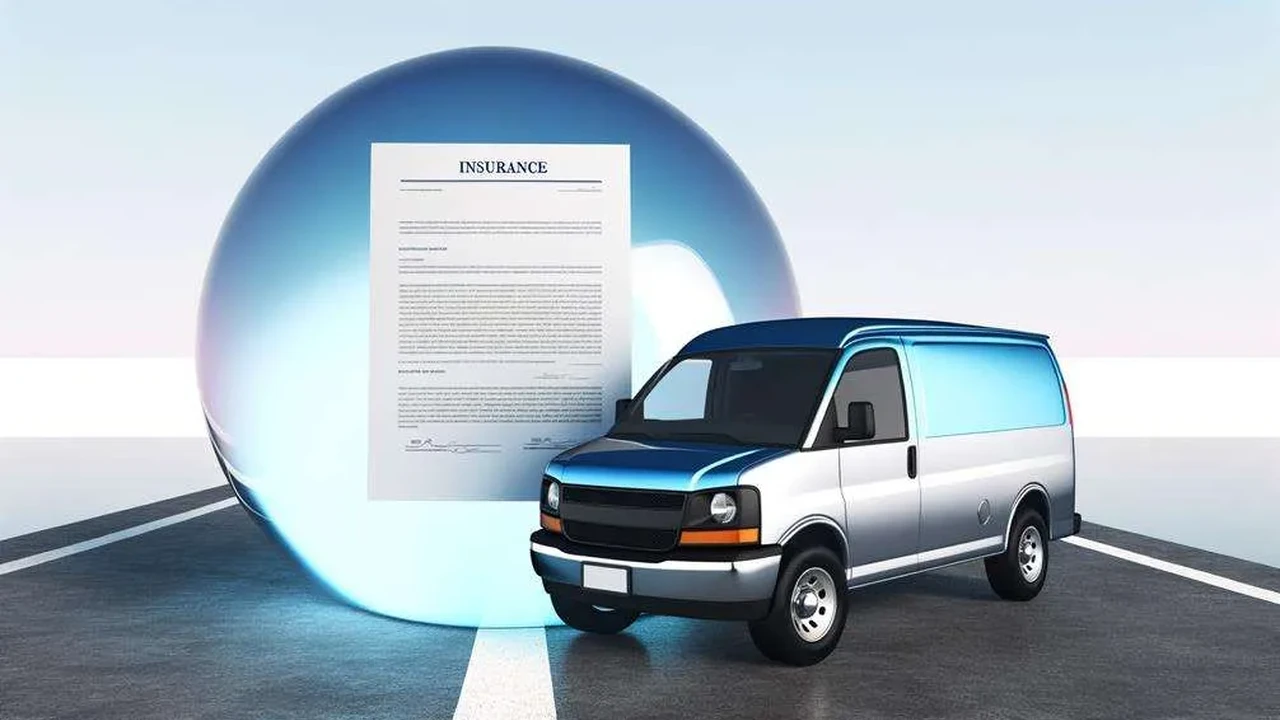Decoding Car Insurance: Key Terms Explained

Understanding Car Insurance Coverage Options and Their Importance
So, you're looking into car insurance, huh? Smart move! It's not the most thrilling topic, but trust me, having the right coverage can save you a LOT of headaches (and money) down the road. Let's break down the different types of coverage you'll encounter and why they matter.
Liability Coverage: Protecting Yourself and Others
This is the big one, and usually the minimum required by law. Liability coverage protects you if you're at fault in an accident and cause damage or injuries to someone else. It covers their medical bills, car repairs, and even lost wages. Think of it as your financial shield against lawsuits. It's typically expressed as two numbers, like 25/50/25. The first number (25) is the maximum amount (in thousands of dollars) your insurance will pay for injuries to any one person in an accident. The second number (50) is the maximum amount your insurance will pay for injuries to all people injured in an accident. The third number (25) is the maximum amount your insurance will pay for property damage in an accident. Choosing higher limits is almost always a good idea, even if it means paying a little more in premiums. Think about it – medical bills can be astronomical, and you don't want to be on the hook for anything above your coverage limits.
Collision Coverage: Fixing Your Car, No Matter Who's Fault
Collision coverage pays for damage to your car if you hit another vehicle or object, regardless of who was at fault. Slammed into a tree trying to avoid a squirrel? Collision covers that. Sideswiped in a parking lot? Collision covers that too. You'll typically have a deductible (the amount you pay out-of-pocket before insurance kicks in), so consider what you can comfortably afford. A higher deductible usually means a lower premium, but make sure you can actually pay that deductible if you need to file a claim.
Comprehensive Coverage: Protection Against the Unexpected
Comprehensive coverage protects your car from things other than collisions. Think hail damage, theft, vandalism, fire, and even hitting a deer. Basically, anything that isn't a crash is covered. Like collision, comprehensive coverage usually has a deductible. If you live in an area prone to bad weather or where car theft is common, comprehensive coverage is a no-brainer.
Uninsured/Underinsured Motorist Coverage: Protecting Yourself from Negligent Drivers
This is a super important coverage that many people overlook. Uninsured/Underinsured Motorist coverage protects you if you're hit by a driver who doesn't have insurance or doesn't have enough insurance to cover your damages. Unfortunately, there are plenty of drivers out there who are either uninsured or have minimal coverage. This coverage steps in to cover your medical bills, lost wages, and even pain and suffering if you're injured by such a driver. Again, higher limits are recommended.
Personal Injury Protection (PIP): Medical Bills and Lost Wages, Fast
PIP, also known as "no-fault" insurance, covers your medical bills and lost wages, regardless of who was at fault in the accident. This can be a lifesaver, as it allows you to get treatment quickly without having to wait for the insurance companies to sort out who was at fault. PIP is required in some states and optional in others. Even if it's optional, it's worth considering, especially if you don't have good health insurance.
Choosing the Right Car Insurance Company and Understanding Premiums
Okay, so you know what coverages you need. Now how do you pick a company and figure out how much you'll pay? Here's the lowdown.
Factors Affecting Car Insurance Premiums The Cost Breakdown
Insurance companies use a whole bunch of factors to determine your premium. Here are some of the most common:
- Age: Younger drivers typically pay more because they're statistically more likely to be involved in accidents.
- Driving Record: A clean driving record means lower premiums. Tickets and accidents will definitely raise your rates.
- Credit Score: In most states, insurance companies can use your credit score to help determine your premium. A good credit score usually translates to lower rates.
- Location: Where you live matters. Urban areas with higher rates of theft and accidents usually have higher premiums.
- Vehicle: The type of car you drive affects your premium. Expensive cars and cars that are more likely to be stolen usually cost more to insure.
- Coverage Limits and Deductibles: Higher coverage limits and lower deductibles mean higher premiums.
Shopping Around for the Best Car Insurance Rates and Discounts
The best way to find the best rates is to shop around and compare quotes from multiple insurance companies. Don't just go with the first quote you get. Also, ask about discounts. Many insurance companies offer discounts for things like:
- Safe driving: If you have a clean driving record, you can usually get a discount.
- Good student: Students with good grades often qualify for discounts.
- Multi-policy: Bundling your car insurance with your home or renters insurance can save you money.
- Affinity groups: Some insurance companies offer discounts to members of certain organizations or alumni associations.
- Anti-theft devices: Having an alarm system or other anti-theft device can lower your premium.
Recommended Car Insurance Products and Their Usage Scenarios
Alright, let's talk specific products. Keep in mind that the best product for you depends on your individual needs and circumstances. I can't give financial advice, but here are some examples to get you thinking.
State Farm: A Reliable Option for Comprehensive Coverage
State Farm is a well-known and reputable insurance company with a wide range of coverage options. They're particularly strong when it comes to comprehensive coverage. Let's say you live in an area prone to hailstorms. State Farm's comprehensive coverage will protect your car from hail damage, even if it's extensive. They also have excellent customer service and a user-friendly mobile app.
Usage Scenario: You live in Denver, Colorado, where hailstorms are frequent and can cause significant damage to vehicles. You also value good customer service and a hassle-free claims process.
Price Range: Varies widely based on individual factors, but expect to pay a premium for their comprehensive coverage and excellent service. A sample quote for a 30-year-old driver with a clean record and a 2020 Honda Civic in Denver could range from $1200 to $1800 per year.
Progressive: Great for Usage-Based Insurance and Snapshot Programs
Progressive is known for its innovative usage-based insurance programs, like Snapshot. Snapshot tracks your driving habits (speed, braking, time of day) and rewards safe drivers with discounts. This can be a great option if you're a careful driver and want to save money. They also have competitive rates for liability coverage.
Usage Scenario: You're a young driver with a short commute and generally drive safely. You're willing to let Progressive track your driving habits in exchange for potential discounts.
Price Range: Snapshot can significantly lower your premiums if you drive safely. Without Snapshot, Progressive's rates are generally competitive. A sample quote for a 25-year-old driver with a clean record and a 2018 Toyota Corolla in a suburban area could range from $900 to $1500 per year.
GEICO: A Budget-Friendly Option with Easy Online Management
GEICO is often praised for its competitive rates, especially for drivers with good credit. They also have a user-friendly website and mobile app, making it easy to manage your policy online. While their customer service might not be as personalized as some other companies, they're a solid choice for budget-conscious drivers who prefer to handle things online.
Usage Scenario: You're looking for the cheapest possible car insurance and are comfortable managing your policy online without much human interaction.
Price Range: GEICO is typically one of the most affordable options. A sample quote for a 40-year-old driver with a good credit score and a 2016 Ford F-150 in a rural area could range from $700 to $1200 per year.
Comparing Car Insurance Products and Their Features
Let's break down the key differences between these popular insurers.
Customer Service Comparison State Farm vs Progressive vs GEICO
State Farm generally receives higher ratings for customer service compared to Progressive and GEICO. They have local agents who can provide personalized support. Progressive and GEICO rely more on online and phone support, which can be less personal.
Price Comparison Affordability Analysis
GEICO is often the cheapest option, followed by Progressive. State Farm tends to be more expensive, but their comprehensive coverage and customer service might be worth the extra cost for some drivers.
Coverage Options What Each Insurer Offers
All three companies offer standard coverage options like liability, collision, and comprehensive. State Farm stands out for its robust comprehensive coverage, while Progressive is known for its usage-based insurance programs. GEICO offers a solid range of coverage options at competitive prices.
Understanding Car Insurance Jargon and Avoiding Common Mistakes
Car insurance is full of confusing terms. Let's demystify some of them and help you avoid common pitfalls.
Demystifying Car Insurance Terms Deductibles, Premiums, and More
- Deductible: The amount you pay out-of-pocket before your insurance kicks in.
- Premium: The amount you pay regularly (monthly or annually) to maintain your insurance coverage.
- Policy Limits: The maximum amount your insurance company will pay for a covered claim.
- Claim: A request for payment from your insurance company for a covered loss.
- Exclusion: A specific event or situation that is not covered by your insurance policy.
Common Car Insurance Mistakes and How to Avoid Them
- Choosing the wrong coverage limits: Don't skimp on coverage limits. Make sure you have enough coverage to protect your assets.
- Not shopping around for quotes: Compare quotes from multiple insurance companies to find the best rates.
- Failing to disclose information: Be honest with your insurance company about your driving history and other relevant information.
- Not understanding your policy: Read your policy carefully and ask questions if you're unsure about anything.
- Ignoring discounts: Ask about available discounts to lower your premium.
:max_bytes(150000):strip_icc()/277019-baked-pork-chops-with-cream-of-mushroom-soup-DDMFS-beauty-4x3-BG-7505-5762b731cf30447d9cbbbbbf387beafa.jpg)






